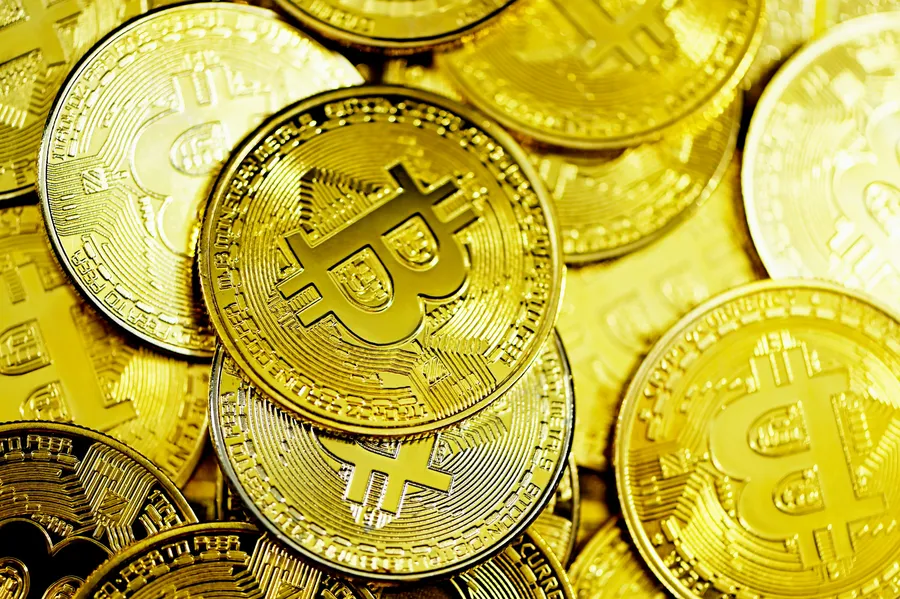How Does PancakeSwap (CAKE) Cryptocurrency Token Work? — PancakeSwap, Binance Smart Chain, DEX

Title: “The Peculiar World of PancakeSwap: A Security Expert’s View on CAKE and BSC”
Introduction
Hey there folks! Valerii Wilson here – seasoned crypto security expert, smart contract auditor, and your friendly neighborhood bearer of bad news. You might think you’re wise to the ways of PancakeSwap and its beloved CAKE token, but I’m here to tell you that there’s more than meets the eye in this sweet yet dangerously sticky world. So buckle up and grab a slice of humble pie because we’re diving deep into the nitty-gritty of PancakeSwap on Binance Smart Chain (BSC).
How Does PancakeSwap Work?
Ah, the charm of decentralized exchanges (DEXs)! Picture this: Instead of relying on central authorities or banks to manage transactions, PancakeSwap uses smart contracts to facilitate trades between users directly. It’s like a giant, digital playground where everyone can trade tokens without asking permission from anyone.
But here’s the catch – under the candy-coated surface lurk some very real dangers that even experienced traders often overlook. Think of it like this: DEXs are like those old-school arcades filled with exciting games but also riddled with malfunctions and cheats waiting to steal your quarters (or in our case, cryptocurrency).
Now let’s talk about their favorite food – CAKE! The CAKE token is PancakeSwap’s native coin used for governance, liquidity provision incentives, and transaction fees. It’s a delicious cherry on top of an already sweet deal…or so it seems.
The Hidden Risks Behind the Sugar Rush
Remember that old adage, “If it’s too good to be true, it probably is”? Well, welcome to PancakeSwapland! While BSC offers faster and cheaper transactions compared to Ethereum, it also attracts less-than-reputable developers eager to cash in on unsuspecting users.
For example:
- In March 2021, a critical vulnerability was discovered in the PancakeSwap smart contracts that could have led to millions of dollars being stolen from liquidity pools. Thankfully, it was patched before any funds were compromised, but imagine the chaos if it hadn’t been!
- There’s also the infamous “Rug Pull” tactic where devs abandon a project, leaving users holding worthless tokens – like finding out your candy is made of wax after taking one bite.
- Or how about key leaks? Remember when a BSC validator accidentally exposed private keys on GitHub for all to see? Talk about a sticky situation!
And let’s not forget about NFT scams…they’re like the prank candies that leave a bitter aftertaste.
So, what can you do to stay safe in this treacherous yet enticing world of PancakeSwap and CAKE?
- Do Your Own Research (DYOR): Just because something promises high returns doesn’t mean it’s legit. Always check the contract address on BscScan or Etherscan first.
- Stick to Reputable Projects: Popular projects usually have larger communities and more eyes checking their code, reducing the risk of scams or bugs.
- Secure Your Wallet: Use strong passwords, enable two-factor authentication (2FA), and consider using hardware wallets for extra protection.
- Don’t Chase FOMO: Fear of Missing Out can lead you straight into danger. Always approach new projects with caution.
- Audit Smart Contracts: If possible, have third-party auditors review contracts before interacting with them.
Conclusion
There’s no denying that PancakeSwap and CAKE offer exciting opportunities in the world of cryptocurrencies. But like any sweet treat, they come with their fair share of risks. As a seasoned security expert, I urge you to approach this delicious dessert with caution – after all, you wouldn’t want your candy turning into wax or getting stolen by sneaky scammers, would you? So stay vigilant, folks, and happy trading!
Valerii Wilson, signing off. Stay secure out there!









